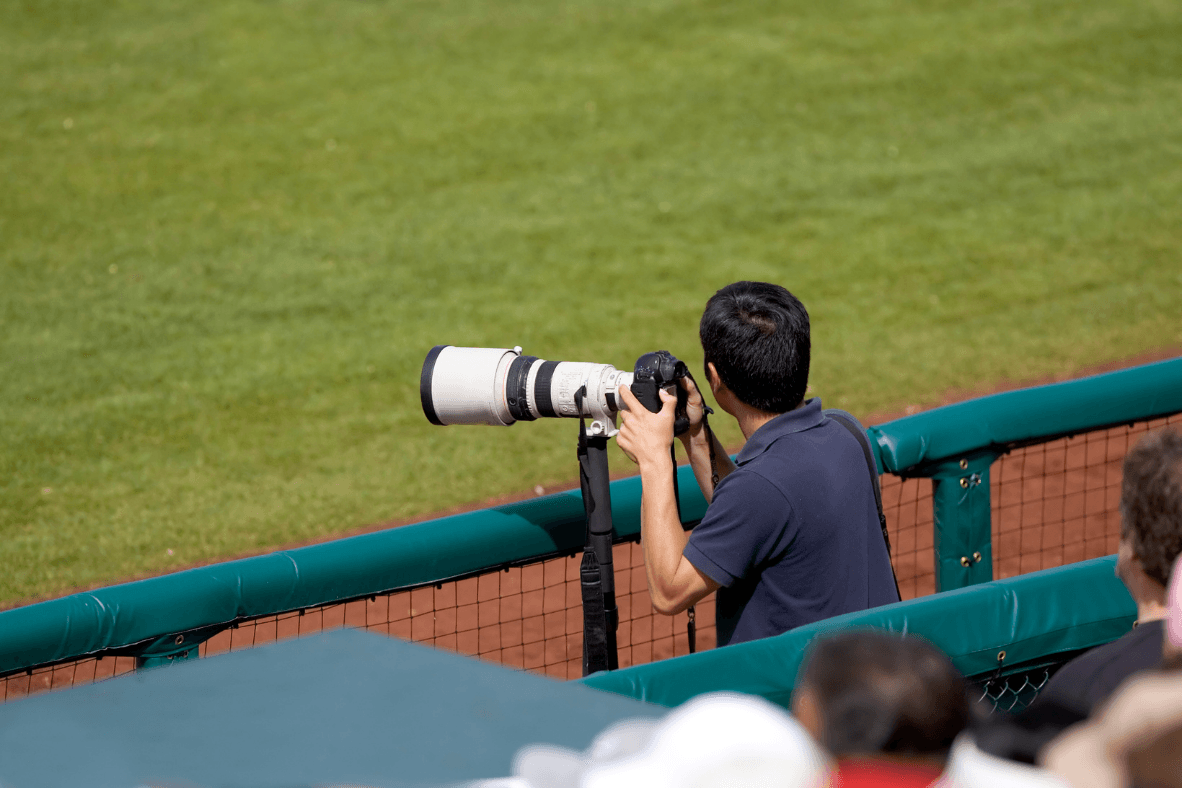Get in touch
How to Use Social Media to Enhance Your Community Journalism
For newspapers, social media has proven both a blessing and curse. And it is too early to decide which ultimately will be the more prevalent force.
In the attached white paper, dig into the impact and the opportunity of social media and community journalism. Our audio interview is with Jonny Wakefield. Jonny, until very recently, was the editor of the Dawson Creek Mirror in northern BC. He is well known across Canada for being one of the most innovative journalists harnessing the power of social media. In his chat with host Tim Shoults, Jonny walks through how he uses social media tools at the community level and will speak about some his favourite tools.
Section 1 AUDIO
Lecture 1 How to Use Social Media to Enhance Your Community Journalism?
Section 2 WHITE PAPER
Lecture 2 How to Use Social Media to Enhance Your Community Journalism?
Lecture 3 How to Use Social Media to Enhance Your Community Journalism? - Recap
Section 3 TRANSCRIPTION
Lecture 4 How to Use Social Media to Enhance Your Community Journalism?
USING SOCIAL MEDIA TO ENHANCE COMMUNITY JOURNALISM
Few would argue that, for newspapers, social media has proven both a blessing and curse. And it is too early to decide which ultimately will be the more prevalent force.
What is clear at the moment that the traditional news media has taken a financial hit as a result of the Internet and continues searching for new business models.
That said, most folks are optimistic that newspapers will survive, at least in some form or fashion. It is believed that traditional broadsheets and tabs will retain an important role going forward in verifying, authenticating and objectively analyzing news information. And prospects for community papers look rosiest of all.
As Richard Sambrook, director of BBC’s Global News Division, told an Oxford, England media conference back in 2009, the value that gets added with traditional journalism is judgment, analysis and explanation, which is huge.
And social media may even enhance the role of traditional media. Newspapers increasingly are finding there is a significant upside to all the disruption of the past couple of decades. Blogs, Twitter, Facebook and MySpace have opened new channels allowing them to get closer to the public, resulting in a sort of cross-pollination of news and other material.
At their best, these online vehicles allow for a bringing together of the newspaper journalists on the one hand, and members of the community on the other, as part of a process can help make journalism more honest and transparent.
This is important because research shows that the established media enjoys the least credibility among young adults – the next generation of newspaper consumers.
Social media provides a new and vigorous outreach capability for newspaper journalists. They can, through blogging and use of Twitter and Facebook, join broader communities that can generate important contacts and leads for new material.
A journalist today can blog about what he is working on and ask readers to help him find real life examples of such-and-such happening to underpin a story in progress or even take it in new directions.
Journalists and citizens can now play complementary roles. Consider Iran’s 2009 revolution following government elections over yonder. Internet tools like YouTube, Facebook and Twitter brought the aftermath of the election to public attention. Who will ever forget the amateur video taken of the young woman, Nada, seen bleeding to death on camera? The Islamic Republic could bar traditional reporters and promote its own distorted story but the truth was there for all to see, on the streets, as documented by activists and ordinary passersby.
A 2009 research paper on The Rise of Social Media and Its Impact on Mainstream Media, by Nic Newman of the Oxford-based Reuters Institute for the Study of Journalism, says mainstream media in the UK and North America increasingly are involving audiences in the way they research and tell stories.
He recounts, the process first started back in the mid 1990s with message boards. By 2001 blogging was becoming more common and after 2006, social networks and social media had come into fashion.
And Newman believes we are still in early days of the social media revolution.
“Journalism,” observes Meg Picard, social media development editor at the London-based Guardian newspaper, “has traditionally built relationships and networks with rolodexes and long lunches. Now, Twitter and Facebook and blogs and RSS feeds are the long lunches of today’s world.”
In most organizations, social media began as bottom-up experiments by younger and more junior staff but, these days, it is being promoted from the top. Traditional media organizations are appointing special social media editors like Picard and designated Twitter correspondents.
Newman quotes Jemima Kiss, tech correspondent for the Guardian, as saying that Twitter “gives a voice and a face to my audience. It gives me a direct relationship with them. My 12,000 followers are the first people to read what I write and the first to comment on what I write. It is very valuable, you have a richness of connection that you don’t have with people just passing through.”
Some high profile journalists reportedly have as many as half a million Twitter followers.
Twitter drove the Republican election campaign in the U.S. last fall. Trump Tweets aside, Twitter can provide journalists with news tips and story ideas, act as a vehicle for crowdsourcing and can even provide instant access to hard-to-reach newsmakers.
Social media also helps drive traffic to traditional news content. It has been reported that 20 per cent of all those who visit news sites are doing so after clicking on a lead that originated on social media. And, of course, social media is how a given news story becomes “viral”.
But social media can present challenges as well. In 2009, during the government’s presentation of the UK budget, the Telegraph invited its readers to Tweet their 140-character reactions. The Tweets were published unfiltered on the newspaper’s website.
The exercise was later dubbed a failure because the newspaper could not afford the extra costs required to monitor the exercise. And the bounds of good taste were repeatedly breached. For the same reason, many newspapers are now restricting publication of Reader Comments on their websites.
Another study, in 2010, the Social Media Revolution: Exploring the Impact on Journalism and News Media Organizations, by Anna Codrea-Rado, warns that many of the errors that make their way into mainstream media begin in the digital sphere. That is how the Sandy Hook school shootings first were linked to shooter Adam Lanza’s brother, Ryan – “a major error that caught and spread like wildfire thought national media outlets.”
Newspapers are still figuring out the best ways to engage with social media, to suit their own purposes.
At community newspapers, for example, editors may have greater confidence that readers will be respectful when they provide a forum for public views because in smaller cities, people are less able to maintain their anonymity.
At the Dawson Creek Mirror in B.C., Kentucky-born journalist Jonny Wakefield has been using social media tools to enhance his reporting.
In Dawson Creek for the past three years following a stint as editor of the student newspaper at UBC, Wakefield says he found the Mirror “had a lot of room to grow, digitally, which we’ve done in recent years.”
The newspaper maintained a website for about 10 years But is now tuning into Twitter and Facebook.
He personally launched his own social media initiative last year, creating a Newsletter for 140 subscribers. The weekly compilation of reporting done by the paper, contains links to about a dozen news stories. Wakefield uses MailChimp for its distribution. “There are 70 or 80 people who once a week are opening an email from me and then engaging in some way, which is difficult to get people to do.”
The weekly endeavor takes about 45 minutes of his time, “and I think I’ve seen good results.”
Wakefield also deploys Infogram, enabling a user to create infographics, charts and maps to create informative visuals for a news story. The social media tool can turn bland police statistics into an intriguing graph demonstrating a trend. He can use it to illustrate jobless numbers and oil, gas sales fluctuations, drilling rates or housing starts.
“It’s a way of presenting stories to the public. But it’s also a way for you, as a journalist, to see what’s going on in a new way – so you aren’t just looking at a wall of numbers … It helps me get a handle on what is actually happening.”
Wakefield has had positive feedback on his efforts, with readers saying there are surprised “to see a small news team doing these sorts of things.”
Such charts and graphs are usually something that national organizations compile. The Infogram tool allows Wakefield to make like the big guns.
Another social media tool used by Wakefield is MapBox. It allows him to embed information a map of a relevant geographical area. For example, he has used the tool to give his readers a visual presentation of the city’s plans for local road work.
The Washington Post, meanwhile, has used MapBox to show the distribution of wealth across the District and the location of gun seizures over a given period of time. The tool can yield a map that shows the next snowstorm as it approaches an area.
For older reporters, social media has occasionally appeared daunting and just one more thing to attend to after a long day. For publishers worried about declining revenues, it has presented huge challenges.
But for the journalists of the future, it is only going to make good sense to embrace those social media tools and platforms they find useful, the ones that will allow them to bring real added value to their own readers.
Six tips for using Social Media at Community Newspapers (for further elaboration: http://www.j-source.ca/article/social-media-tips-community-newspapers), as conveyed by Monique Beech, Sun
Media digital content director, to the Ontario Community Newspaper Association’s 2014 convention:
- Make Social Media part of the daily story planning.
- Create a Social Media checklist for your newsroom.
- Reporters need to work at Twitter if they want results.
- Know the Social Media Dashboard.
- Explore Facebook insights for your fan page
- Bring Social Media onto your website.



Modules
Do you work in NewsMedia?
Contact us for more information.
Request Access - Form
Thank you for requesting access to NewsMediaPlaybook.com.
We will review your submission and back to you as soon as possible.
Oops, there was an error with your request.
Please try again later.
All Rights Reserved | BCYCNA







